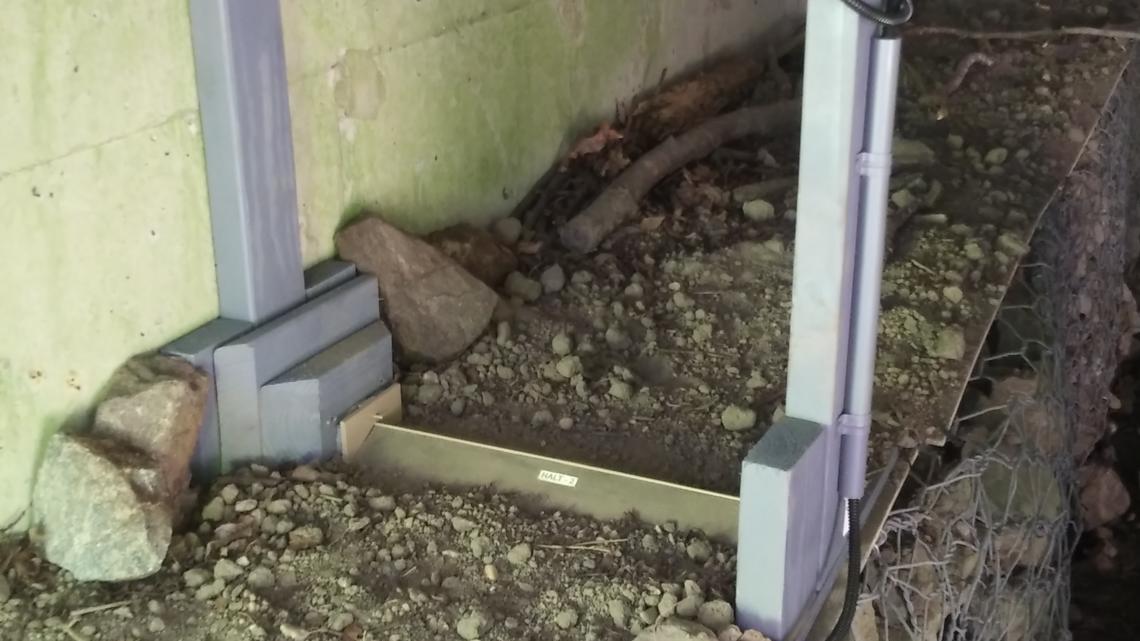HARRISBURG, Pa. — From dents, to deadly accidents, wildlife are roaming Pennsylvania's roads and creating dangerous encounters.
According to number from insurance agency State Farm, more than 160,000 animals are hit by vehicles in Pennsylvania every year.
"Pennsylvania is always in the top five for animal vehicle collisions," said Stephanie Wein, a clean water and conservation advocate at PennEnvironment. "Nationwide, animal vehicle collisions cost U.S. taxpayers $8.4 billion every year."
Wein said there's a simple solution that's underutilized in the state.
"A lot of people think of a wildlife crossing as a bridge over a highway that allow elk or black bear or deer to move from one side to the other," she said. "They also can be an underpass that allow turtles or racoons or amphibians to move."


Though they've proven effective all over the world, Pennsylvania only has a few dozen wildlife corridors today.
"We're actually pretty behind some of the western states like Colorado, New Mexico and Idaho," Wein said. "They've been thinking about helping their big game cross their roadways for a really long time."
The Federal Highway Administration has $300 million for states to add wildlife crossings to roadways, but Wein says Pennsylvania is only a good candidate if it has a plan.
That's why she helped Pennsylvania lawmakers create the bi-partisan House Resolution 87. It allows the state to study wildlife movements, identifying areas of need and developing a solution that fits.
"You drive through Lancaster and York County, you see those lines of trees between fields," she said. "If we can fill those with native species that support wildlife, those can serve as wildlife corridors."
The study will take 18 months and must be completed before new wildlife corridors projects begin.

